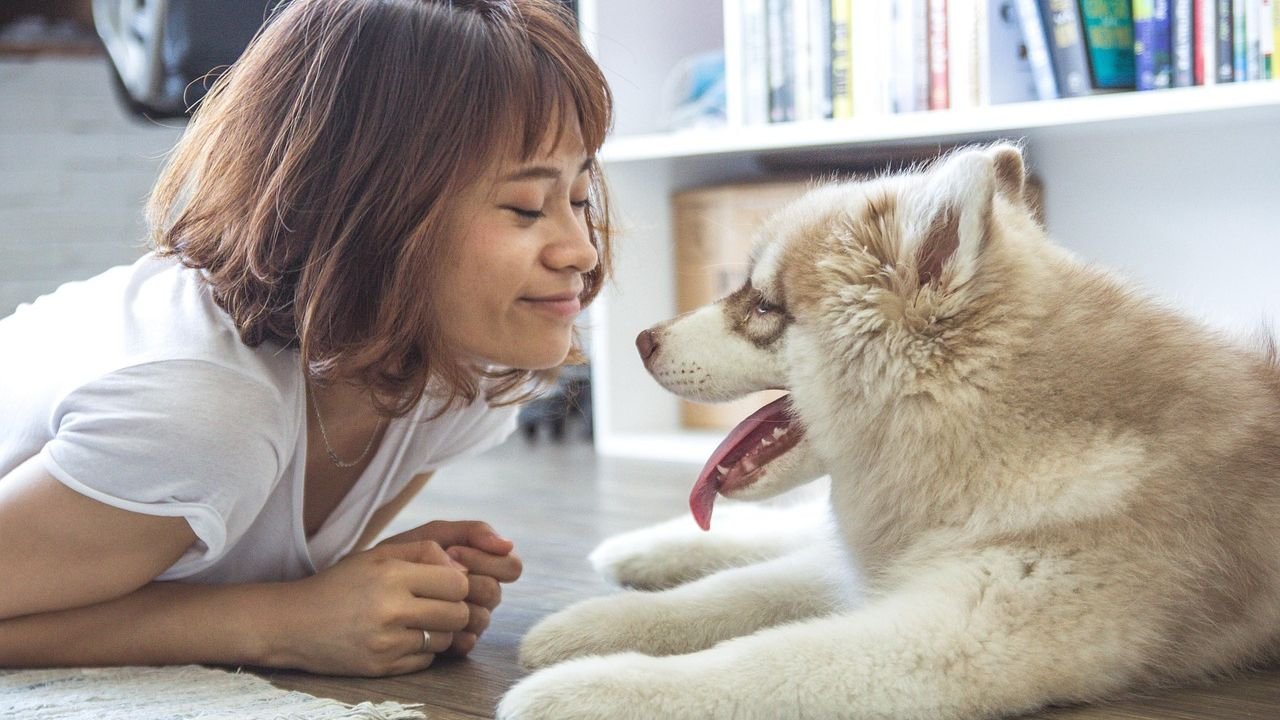Have you ever wondered why your dog seems to have a clear favorite in your household? Maybe they light up differently for your partner, follow your teenager everywhere, or constantly seek out your attention despite being fed by everyone. This phenomenon isn’t random or based on simple favoritism.
Dogs consistently demonstrate clear preferences for specific individuals in multi-person households, often forming their strongest emotional bonds with just one or two people. This phenomenon isn’t random – it’s the result of complex psychological and behavioral factors that influence how dogs choose their favorite person. Understanding this selection process can help strengthen your bond with your furry companion and ensure everyone in your home develops meaningful relationships with your four-legged family member. So let’s dive into the fascinating world of canine attachment and discover what really makes a dog’s heart skip a beat.
The Science Behind Canine Bonding
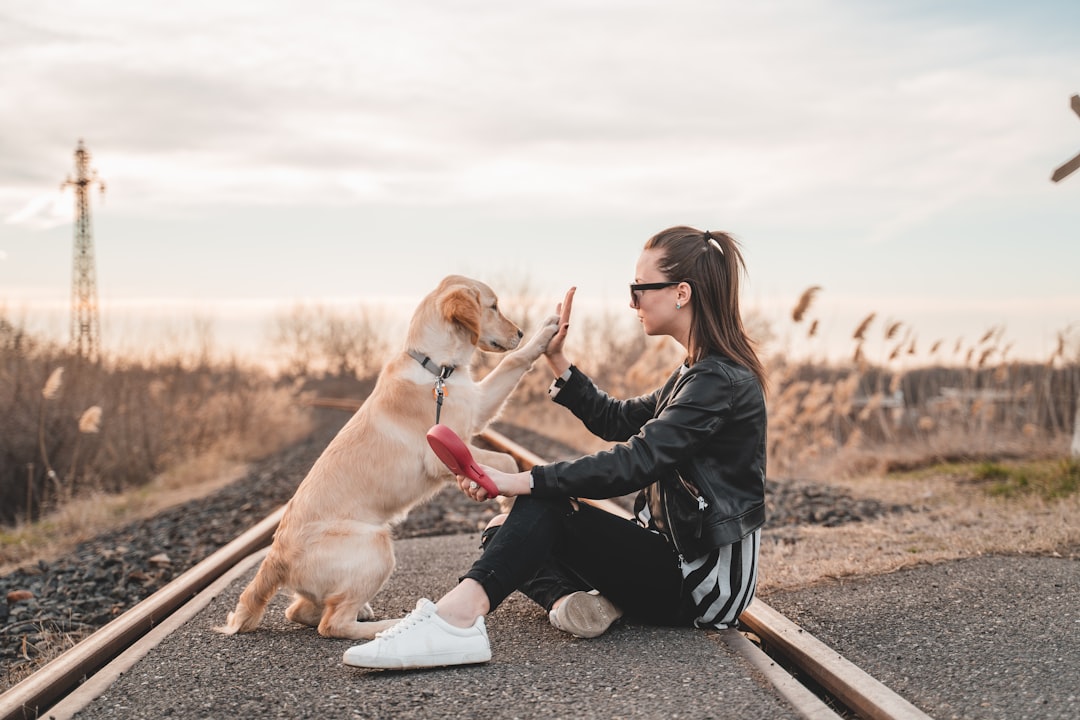
The connection between dogs and their favorite humans runs much deeper than simple companionship. When our canine pals stare into our eyes, they activate the same hormonal response that bonds us to human infants. This isn’t just a poetic comparison, it’s backed by solid scientific research that reveals something truly remarkable about our relationship with dogs.
Research studies oxytocin, a hormone that plays a role in maternal bonding, trust, and altruism. When dogs and their owners spend the greatest amount of time looking into each other’s eyes, both dogs and owners experienced significant increases in oxytocin levels. This creates what scientists call a positive feedback loop, where the more you gaze at each other, the stronger your bond becomes.
What makes this even more fascinating is that this response doesn’t happen with wolves. Scientists saw no oxytocin increase in the dogs and owners who had spent little time gazing at each other, or in any of the wolf-owner duos. This suggests that dogs evolved this unique ability specifically to connect with humans during the domestication process.
The Role of Early Experiences
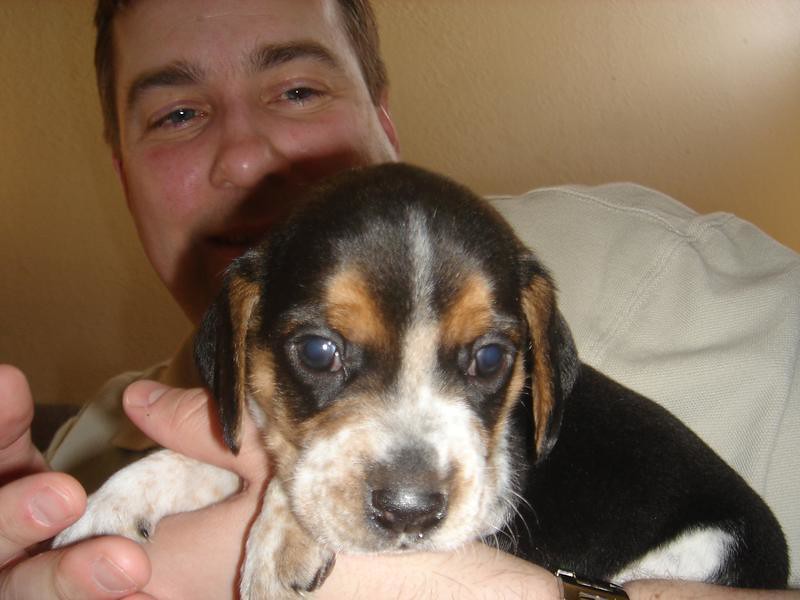
Many dogs bond hardest to whoever cares for them during their key socialization period, which occurs between approximately 3 to 16 weeks of age. At this age, puppies’ brains are incredibly receptive, and their early social experiences influence them for the rest of their lives. Think of this period as when puppies are forming their blueprint for relationships and learning who represents safety, comfort, and joy.
During this period, a puppy’s brain is soaking up everything around them, so if you’re their primary caregiver during this time, there’s a good chance they’ll form their strongest bond with you. The person who feeds them, plays with them, and provides comfort during those crucial first months often becomes their lifelong favorite.
However, if you adopted your dog as an adult, don’t despair. While early experiences are important, continued socialization through experiences like doggy daycare, play dates, and daily walks matters a lot! The brain’s capacity for forming new bonds doesn’t disappear with age.
Quality Time and Attention Matter Most

Most dogs tend to bond to the person who gives them the most attention. For example, in a family with two parents and two kids, the dog may favor the parent who fills their bowl every morning and takes them for a walk every evening. It’s not just about being physically present, though. The quality and consistency of your interactions make all the difference.
Spending quality, focused time daily with a dog can increase the likelihood of becoming their preferred person. This dedicated time should exclude passive activities like watching television together and instead focus on engaging activities such as training sessions, interactive play, grooming, or structured bonding exercises.
The quality of attention matters more than quantity for many dogs. A person who provides brief but highly engaging interactions throughout the day often outranks someone who spends more total time but offers less focused attention. Dogs can distinguish between distracted, half-hearted interactions and genuine, enthusiastic engagement. Your dog knows when you’re truly present with them versus when you’re scrolling through your phone while petting them.
Personality Matching and Energy Levels
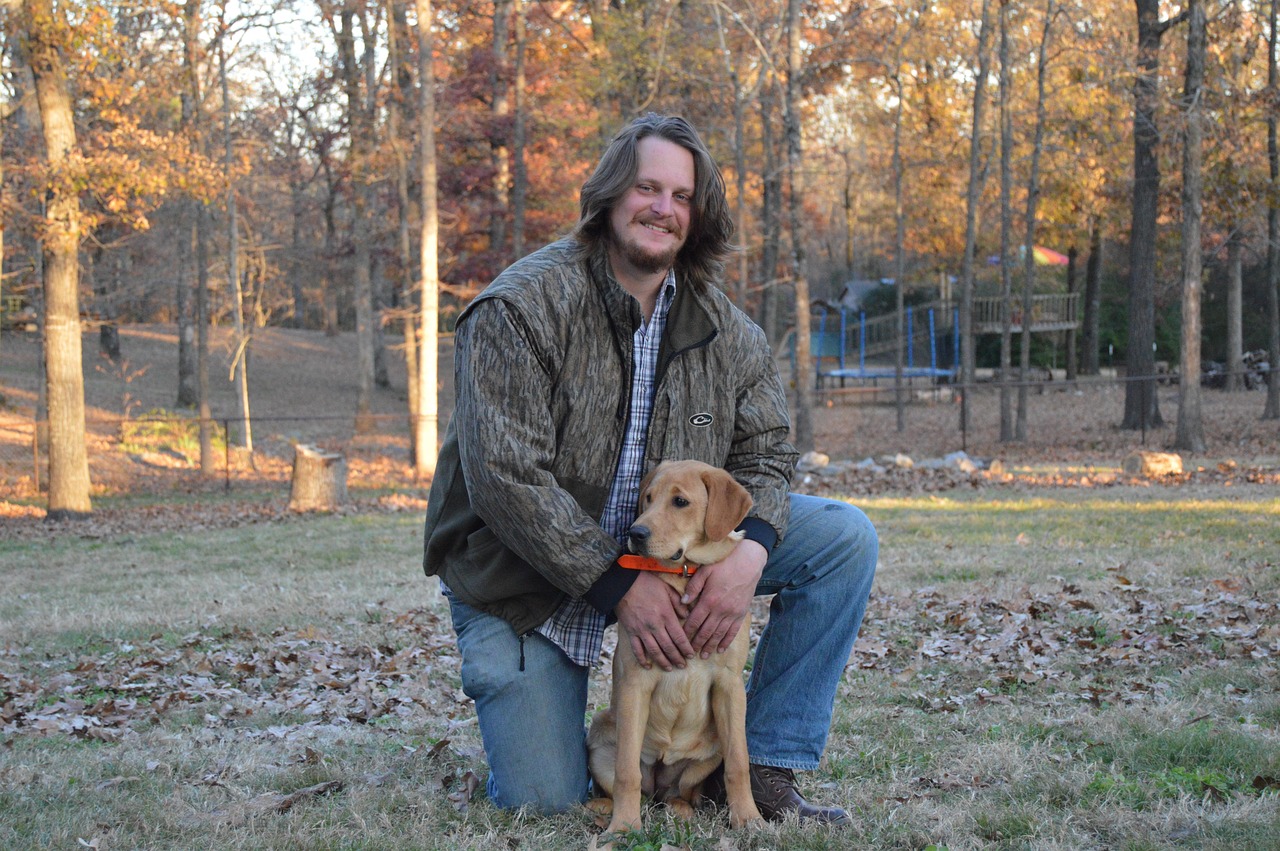
Just like humans often gravitate toward people who share similar personalities, dogs have their own version of “like attracts like.” Dogs often who matches their own energy level and personality. A high-energy Border Collie might bond strongest with the family member who loves hiking and running, while a calm Basset Hound might prefer the person who enjoys quiet evenings on the couch.
It is believed that dogs may pick a person whose personality and energy level is similar to theirs. While this may come from ‘nurture’ there may also be some ‘nature’ involved. This natural compatibility goes beyond just activity levels – it encompasses emotional temperament, communication styles, and even daily rhythms.
Dogs have a tendency to do the same thing as humans when choosing companions. So, if your pup is energetic and needs lots of activity, and you enjoy taking them out for hikes and other activities, your dog may bond with you most. Likewise, if a dog is more chill and less active, they’re more likely to spend time with whoever in the house is quieter or enjoys lounging.
The Power of Positive Associations
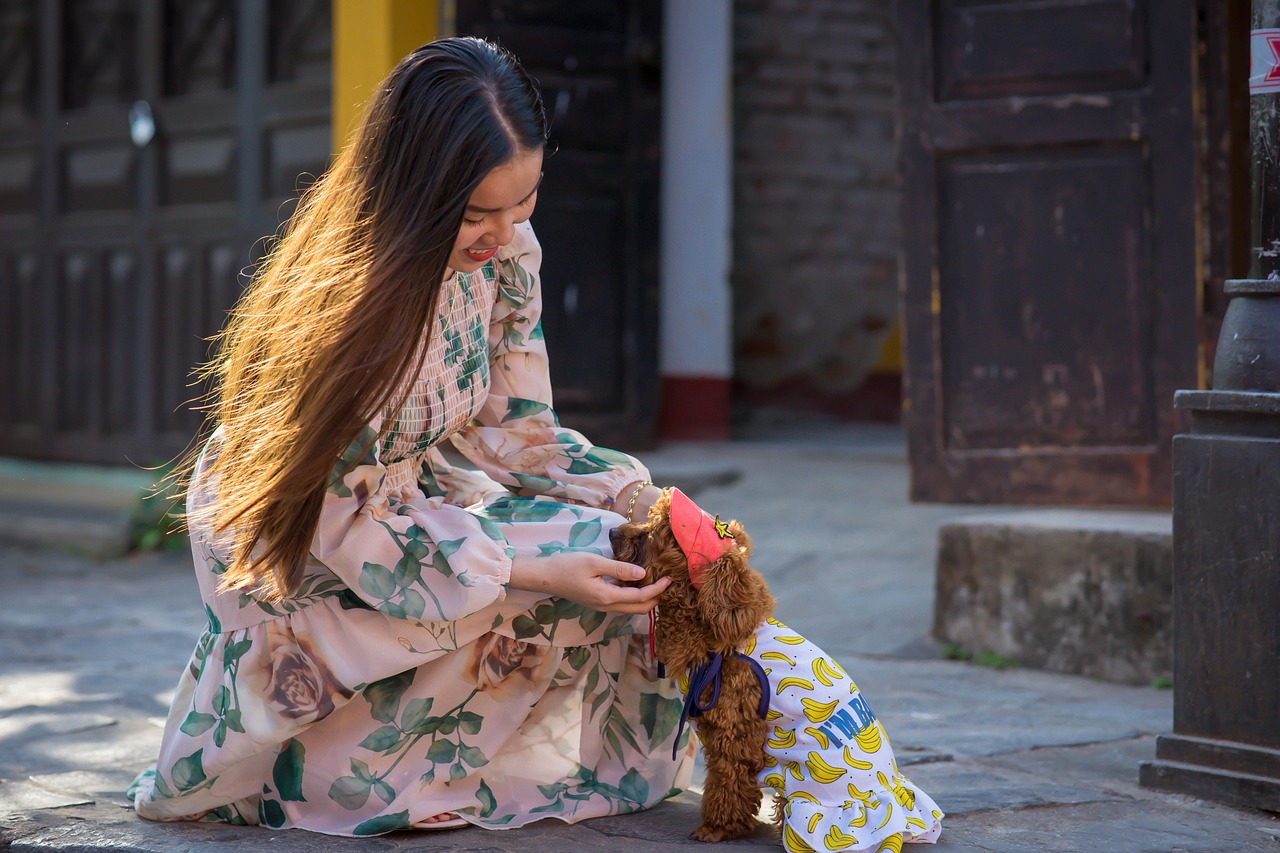
The person who regularly provides meals, treats, walks, and playtime often becomes a strong contender for favorite status. However, it’s not just about meeting physical needs – emotional fulfillment matters equally. Dogs bond most strongly with humans who engage them in activities they enjoy, whether that’s playing tug-of-war, going for adventures, or simply providing calm, comforting presence during stressful situations.
Positive reinforcement plays a huge role in this bonding process. Dogs respond to positive reinforcement and training. If one family member is more consistent in rewarding good behavior or teaching tricks, the dog is more likely to form a bond with them. Training also requires bonding between the dog and the trainer, which can solidify the relationship. The person who celebrates their successes and helps them learn becomes associated with feelings of accomplishment and joy.
On the flip side, negative associations can be just as powerful in the opposite direction. Individuals who are associated with unpleasant experiences like loud noises, rough handling, or stressful situations may find themselves lower on the dog’s preference list. This explains why dogs might avoid certain family members who, despite good intentions, have been linked with negative experiences in the dog’s mind.
Breed-Specific Bonding Tendencies

Some dogs are naturally predisposed to form stronger bonds with one person due to their breeding history. Some dog breeds are simply hardwired to form a stronger bond with one particular person. A lot of the time, these breeds are the ones who were bred to work directly with humans, like herd dogs or guard dogs. Because they’ve worked so closely with humans throughout history, that instinct to form a strong bond is there, often translating to bonding with one person. These breeds often include Border Collies, German Shepherds, and other working breeds.
These working breeds were developed to have intense focus and loyalty to a single handler for practical reasons. A herding dog needed to respond instantly to their shepherd’s commands, while a guard dog needed to know exactly who they were protecting. This selective breeding for devotion and attentiveness to one person can still show up strongly in modern family pets.
In addition, some dog breeds are more likely to bond with a single person, making it more likely that their favorite person will be their only person. Understanding your dog’s breed background can help you recognize whether their strong attachment to one person is simply part of their genetic makeup rather than a reflection of anyone else’s relationship with them.
Recognizing the Signs of Being the Chosen One

How do you know if you’ve won the canine lottery and become your dog’s favorite person? The signs are usually pretty obvious once you know what to look for. Dogs that tend to shadow their favorite person around the house or follow them from room to room are showing loyalty and affection. Dogs will show excitement and affection when greeting their favorite person. This behavior is characterized by wagging tails, jumping up, and giving kisses.
Your dog feels secure and comfortable with you if they choose to sleep on you. Most dogs get attached to that one person, particularly those that feed, play, and spend time with them. Other telltale signs include bringing you their favorite toys, seeking you out for comfort when they’re scared or uncertain, and maintaining eye contact during interactions.
Even in a group of people, a dog that has imprinted on you will often choose to stay close to you rather than interacting with others. They tend to be more relaxed and comfortable when you’re around. They might even show mild protective behaviors, though it’s important to distinguish healthy attachment from problematic resource guarding where they become possessive of you around others.
The bond between dogs and their chosen humans represents one of the most remarkable interspecies relationships on Earth. From the oxytocin surges triggered by mutual gazing to the complex interplay of personality matching and positive associations, science reveals that your dog’s favoritism isn’t arbitrary – it’s the result of evolutionary adaptations and genuine emotional connection.
Whether you’re currently your dog’s number one or hoping to strengthen your bond, remember that consistency, quality time, and genuine engagement are your best tools. The beautiful truth is that dogs have enough love in their hearts for everyone in the family, even if they show it differently. What do you think about your dog’s favorite person preferences? Tell us about your experiences in the comments.

Andrew Alpin from India is the Brand Manager of Doggo digest. Andrew is an experienced content specialist and social media manager with a passion for writing. His forte includes health and wellness, Travel, Animals, and Nature. A nature nomad, Andrew is obsessed with mountains and loves high-altitude trekking. He has been on several Himalayan treks in India including the Everest Base Camp in Nepal.

